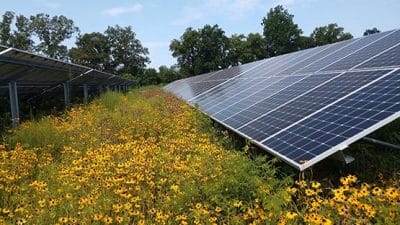
“By 2030, as the last of the age wave turns 65, we will number 1.8 million people here in Virginia–20% of the population,” he said often flashing his Medicare card. “There are more of us, and we’ll be living longer: the fastest growing segment of our population will be those 85 and older.” While in 2010 nearly one in eight Virginia residents were 65 and over, by 2030 nearly one in five will be in that age range.
The age wave presents challenges to our society beyond the obvious impact on our health care system, he said. Adults age 65 and older are now twice as likely to be living in poverty as they were a decade ago. Almost 200,000 Virginia households, half of them 62 or older, are living in substandard conditions. Opportunity costs to those who are family caregivers will total more than $400 billion in lost wages, pensions, and Social Security. The cost of government services will rise at a time when revenues are not keeping pace or dropping.
The Northern Virginia Aging Network (NVAN) is made up of the six area agencies on aging serving the jurisdictions of the region, as well as the critically important regional service and advocacy organizations and volunteers. Brink indicated that the state Aging Division “will be aggressive in encouraging innovation in service delivery, including formation of public-private partnerships” to provide needed services. He praised the Fairfax County Elderlink (www.fairfaxcounty.gov/dfs/
NVAN had recommendations for meeting the challenges of the age wave, among them expanding Medicaid services that would provide direct benefits to about 62,000 older Virginians who do not have and cannot afford healthcare. Ironically, at a time of shrinking revenues the expansion of Medicaid would bring back to the Commonwealth five million dollars a day in taxes already paid by Virginians.
Recognizing that most seniors prefer to stay in their own homes, NVAN recommends tax credits and grants that would expand consumer access to livable homes. The professionals and citizen volunteers who make up NVAN see the need for a quality, cost-effective, continuously trained long-term care workforce to improve the quality of life for older adults and people with disabilities. The demand for long-term care workers is expected to increase by 160% by 2030. A critical element in building such a workforce is paying a living wage. An expansion of Virginia Public Guardianship Program is seen as needed for vulnerable adults.
Commissioner Brink implored those in attendance to reach across jurisdictional lines and outside bureaucratic boxes as we work to meet the needs of our aging population, or as he expressed it, “to ride the wave together.”
Ken Plum is a member of the Virginia House of Delegates.










